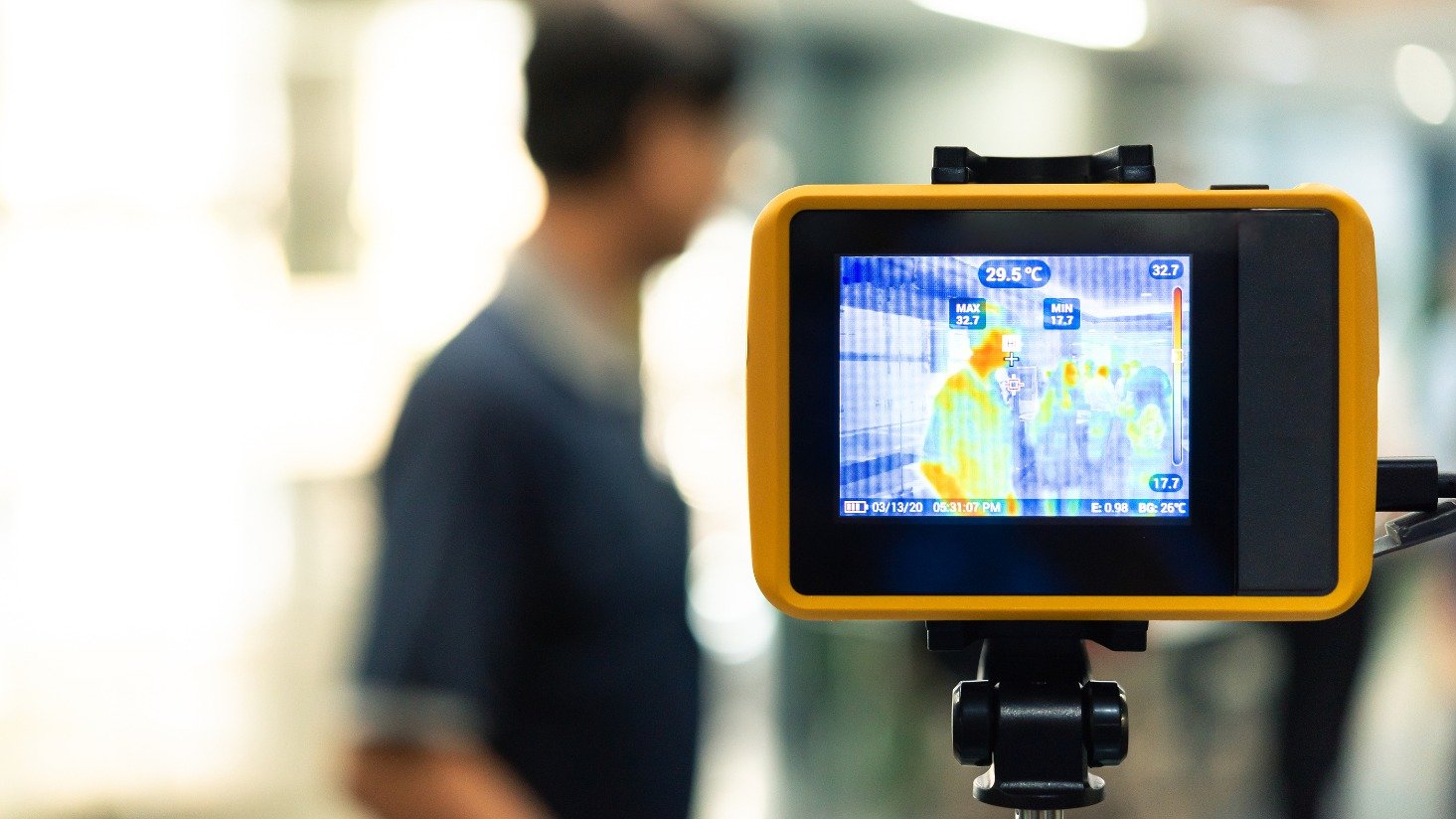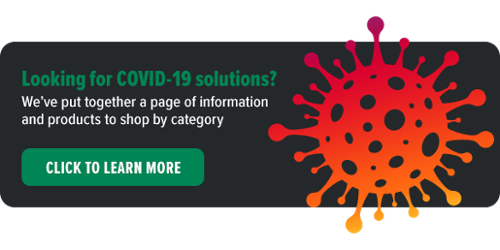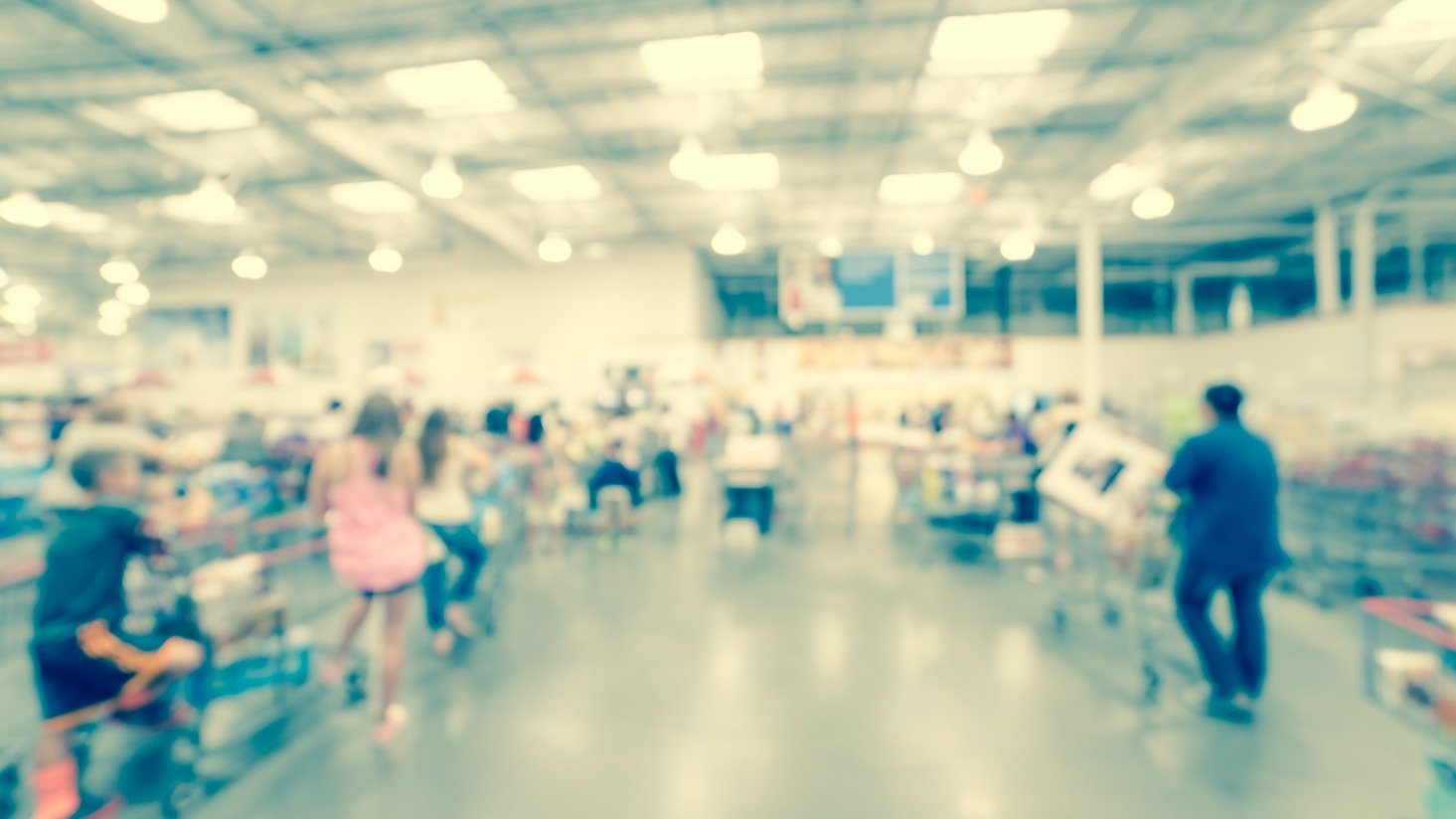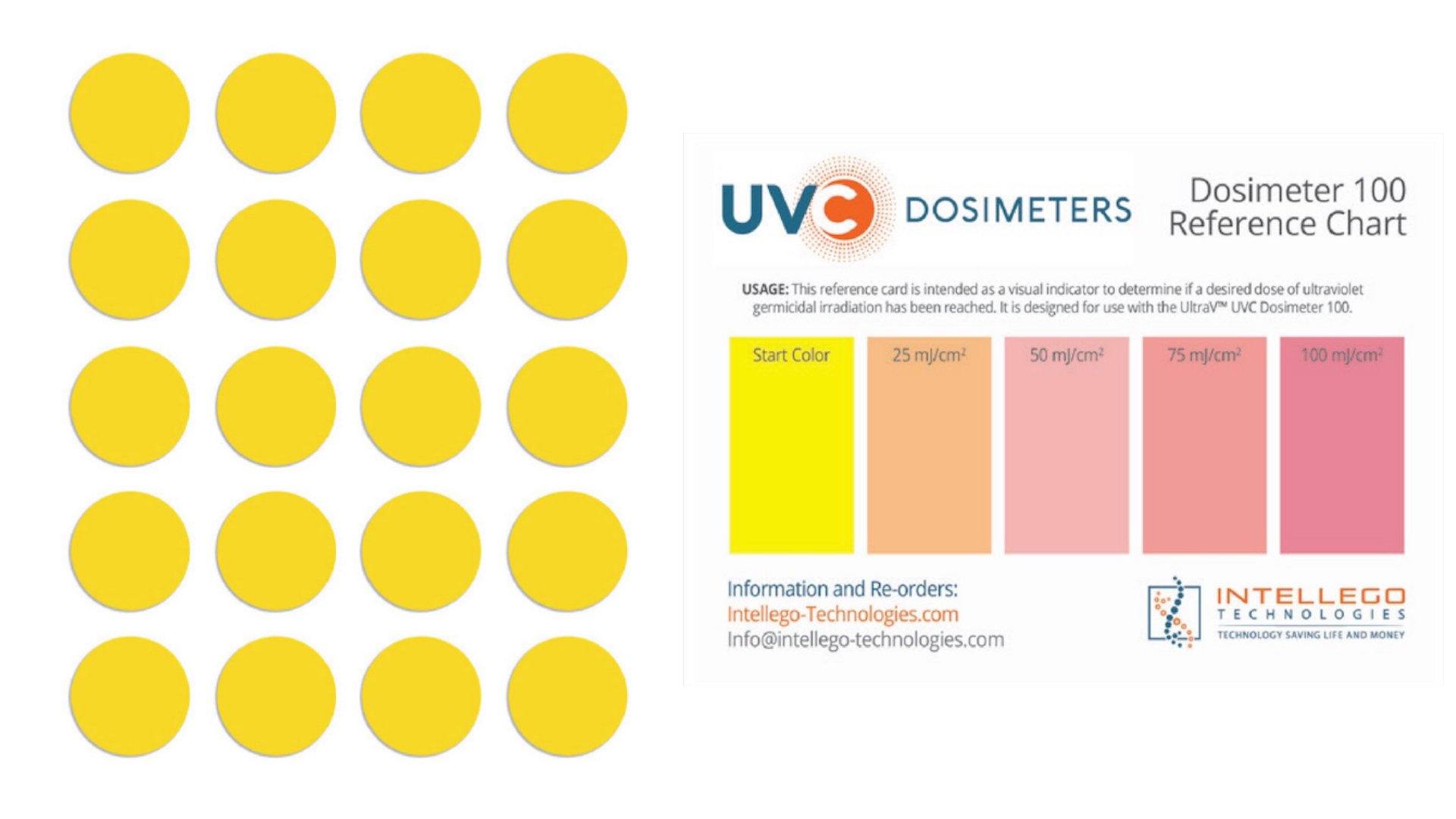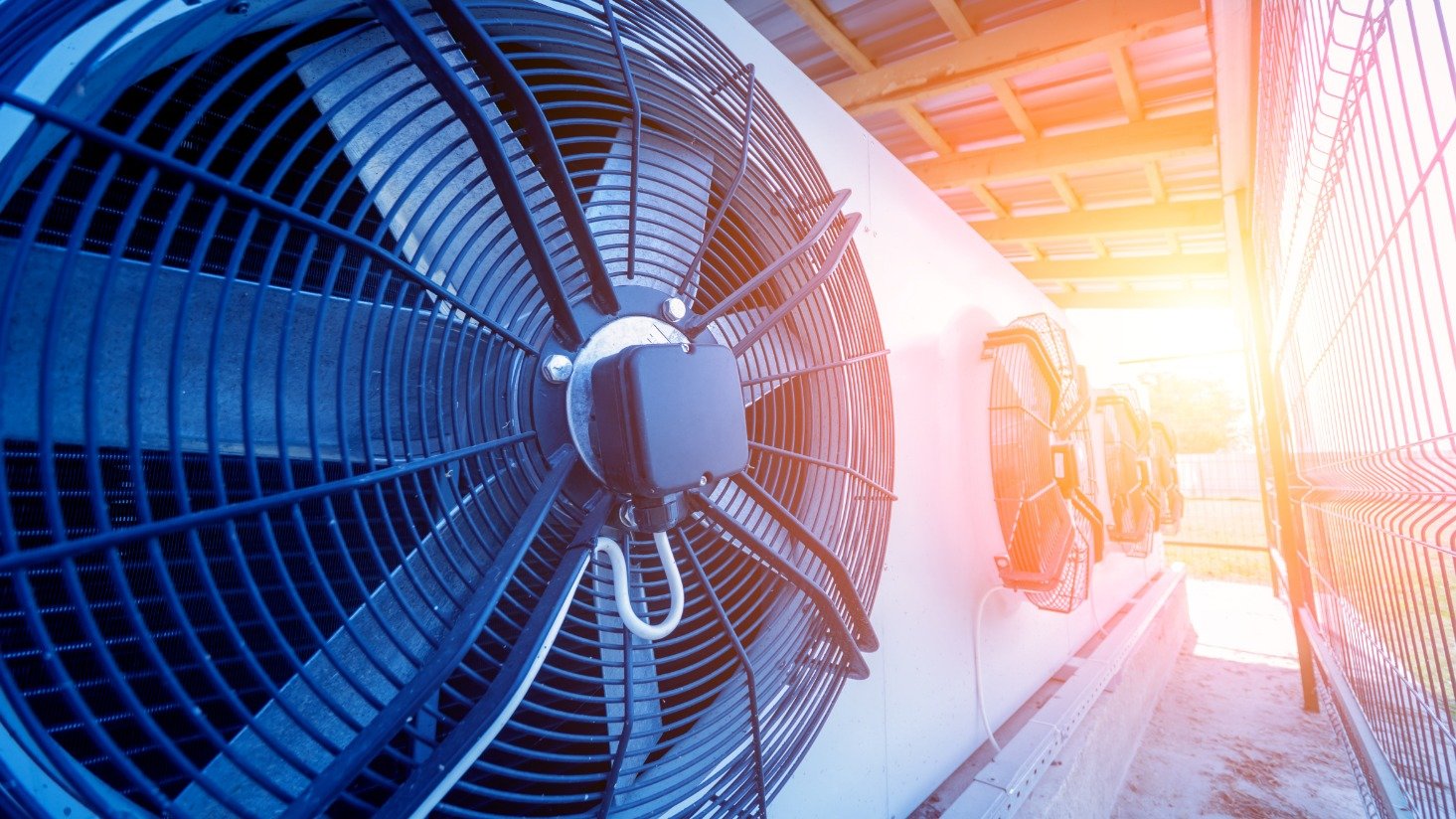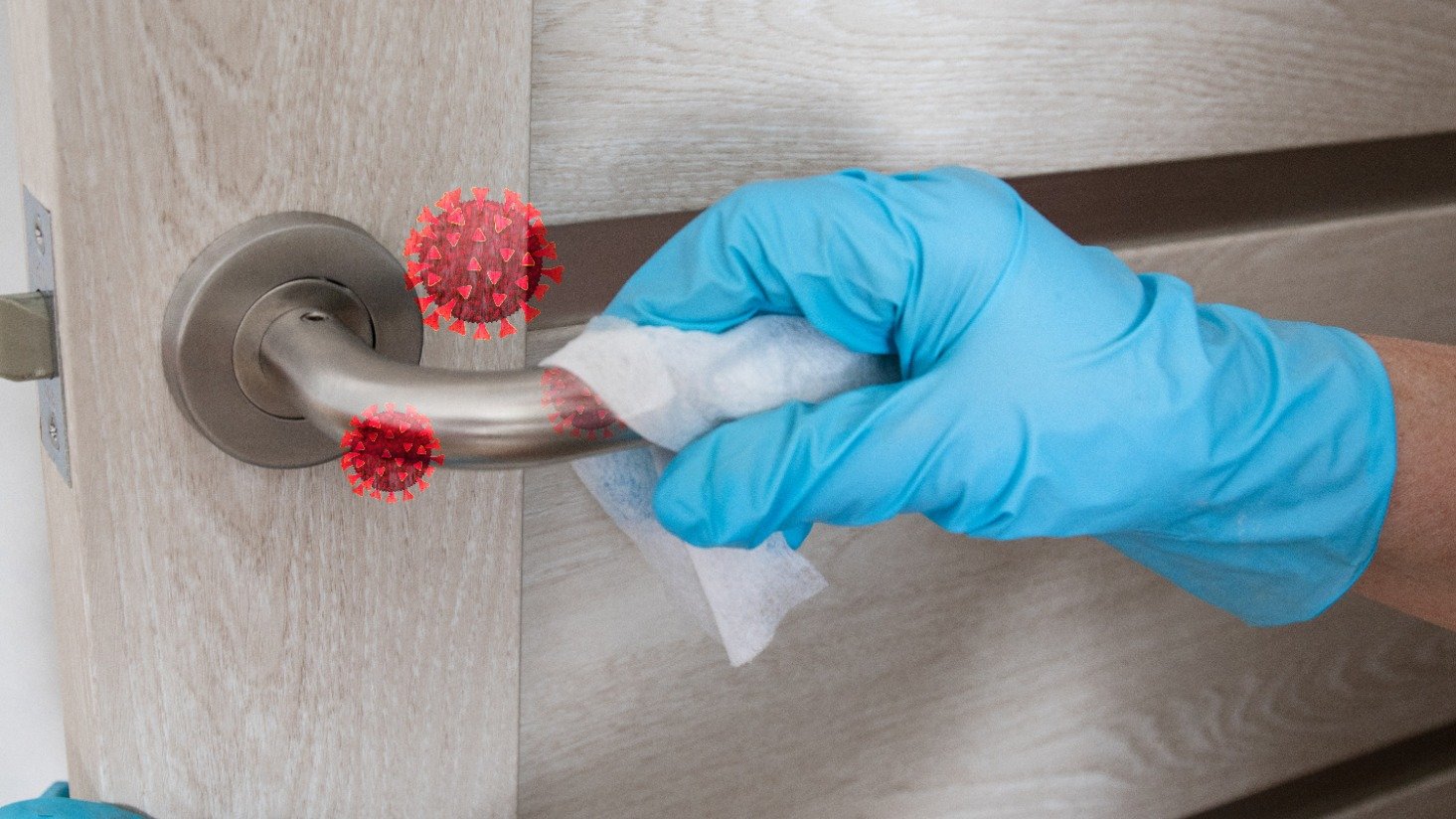Using thermal imaging systems for safe reentry

Businesses are searching for new ways to protect their building during and after COVID-19. Requiring temperature checks is one of the more popular options and will likely become part of our normal routine.
In some cases, handheld no-touch thermometers like this one will work just fine. But they require labor and you have to be in close range to get a proper reading.
Thermal imaging systems are an effective way to screen for a high temperature while also keeping a safe distance.
What are thermal imaging systems?
Thermal imaging systems measure the skin's surface temperature to determine if a person has a fever. They can also be called temperature screening systems or temperature screening kiosks.
Most of these systems have an infrared thermal camera that reads a person's temperature.
Thermal imaging has been used in hospitals for some time, but it's becoming a more popular option in non-medical environments like airports and office buildings during the COVID-19 pandemic.
To help you evaluate if a temperature screening system is right for you, read the following pros and cons based on guidance from the U.S. Food & Drug Administration.
Pros of thermal imaging systems
The FDA says overall, thermal imaging systems are a fast and effective way to screen for temperatures without contact.
Here are the pros of using a temperature screening system:
- No contact – Thermal imaging systems actually take "no contact" one step further. You don't have to be close to the person in order to take his or her temperature, unlike with thermometers.
- Quick response – Temperature screening kiosks often work faster than standard thermometers, so you don't have to worry about adding too much time to enter a building.
- Scientifically accurate – When infrared thermal cameras are used correctly, they give you a scientifically accurate temperature reading.
Cons of thermal imaging systems
There are a few cons you should be aware of before buying a thermal imaging system:
- Limited indicator – A fever alone is not an indicator that a person has COVID-19. Some people with COVID-19 are asymptomatic and will never develop a fever. Others may have a fever but have an illness other than COVID-19. If the temperature screening system indicates a fever, it's best to have a follow-up procedure in place to determine next steps.
- Limited scanning – Thermal imaging systems are most effective when only one person is scanned at a time. Although technology is developing to include crowd scanning, the FDA recommends using systems for one person at a time only.
- Limited environment – Temperature screening kiosks can be sensitive to surroundings and only work properly in the right conditions. Room temperature and lighting can affect the outcome of the results.
How to use thermal imaging systems to screen temperatures
Using thermal imaging systems to screen for temperatures is as simple as walking up to a designated kiosk or walking in front of an infrared camera.
Without touching anything, the system will automatically scan for the person's temperature. If a temperature is acceptable, the screen will show green or say "passed." If a temperature is unacceptable, the screen will show red or say "failed."
Most temperature screening kiosks can be adjusted so you can set the temperature that indicates a pass or a fail. CDC guidelines suggest any temperature above 100.4 degrees Fahrenheit is a fever, when the temperature is taken orally.
Thermal imaging systems measure surface skin temperature, which is usually lower than a temperature taken orally.
Here are a few guidelines to follow based on advice from the FDA:
- Position kiosk properly – Placing the thermal imaging system in front of glass or mirrors, or with sunlight or strong lighting in the background, may impact results. Room temperature can also affect a reading. Avoid distracting environments for solid results.
- Follow manufacturer guidelines – Make sure there is at least one person trained on the system who can turn on and monitor the system according to manufacturer recommendations.
- Instruct staff and customers – Some systems require people to stand a certain distance from the camera. Others may not be able to get a temperature reading if the person is wearing a face mask. Communicate clear expectations for employees, customers, and tenants who are using the system.
- Develop a plan – Have a plan in place if a fever is indicated. You should have another thermometer on hand to confirm the temperature, plus a plan for proper disinfection if a fever is confirmed.
Options for temperature screening systems
There are two options available for temperature screening systems. One is a kiosk or station where an individual walks up and is screened automatically. Another is a set up where an infrared camera scans people entering the building.
98.6 Labs developed a system that works as a kiosk. The kiosks use thermal infrared sensors and AI face recognition technology for accurate temperature readings.
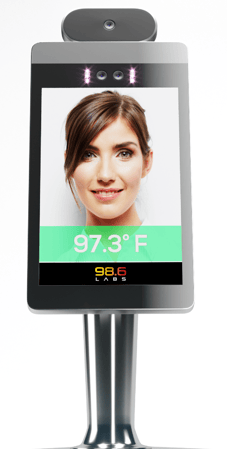
You can choose between different bases and there is no special installation required. Contact us for more information.
NUUO developed a thermal imaging system where an infrared camera scans people as they enter building and walk by.
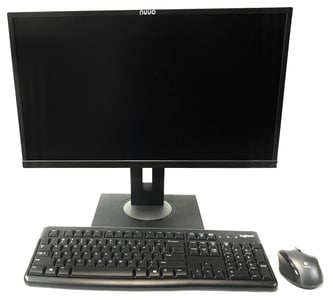
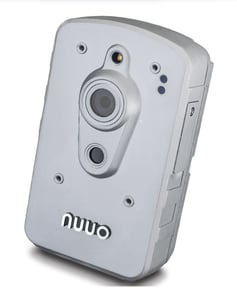
The set up for this system is a little more elaborate than a kiosk. It involves an employee watching a computer screen as people enter.
One monitoring station can view up to four cameras, so this could be an option if you have multiple entry points.
One of the benefits to this option is people can continue walking, so the entry process does not slow down. However, the FDA recommends only scanning one person at a time for the most accurate readings, so you may still have to do some crowd control.
Best practices to protect your building
Temperature screening will help protect employees and customers who enter your building, but it's not fail proof. We created this guide to make sure all areas of your building are as clean as possible.
There are several other measures you should take to make your facility safe:
- Ultraviolet (UV) light – Disinfecting with UV light often results in killing 99.999% of germs like bacteria and viruses. Download our Disinfectant Lighting Buying Guide for a look at how UV products work and which ones are best for specific applications.
- PPE – Personal protective equipment like masks and gloves are essential during the COVID-19 pandemic. Click here to shop PPE items.
- Cleaning solutions – From surface cleaners to antimicrobial solutions and disinfecting wipes, cleaning solutions are key and we have several options in stock.
- Physical barriers – Providing physical barriers for employees is one of the top recommendations from the CDC. Sneeze guards are a great option to protect both employees and customers. You can find several different cut out sizes or request a custom design.
- Social distancing – Social distancing is free, but it can require some guidelines to ensure proper spacing is followed.
If you have questions about how to make your building as safe as possible for everyone entering, contact us.
